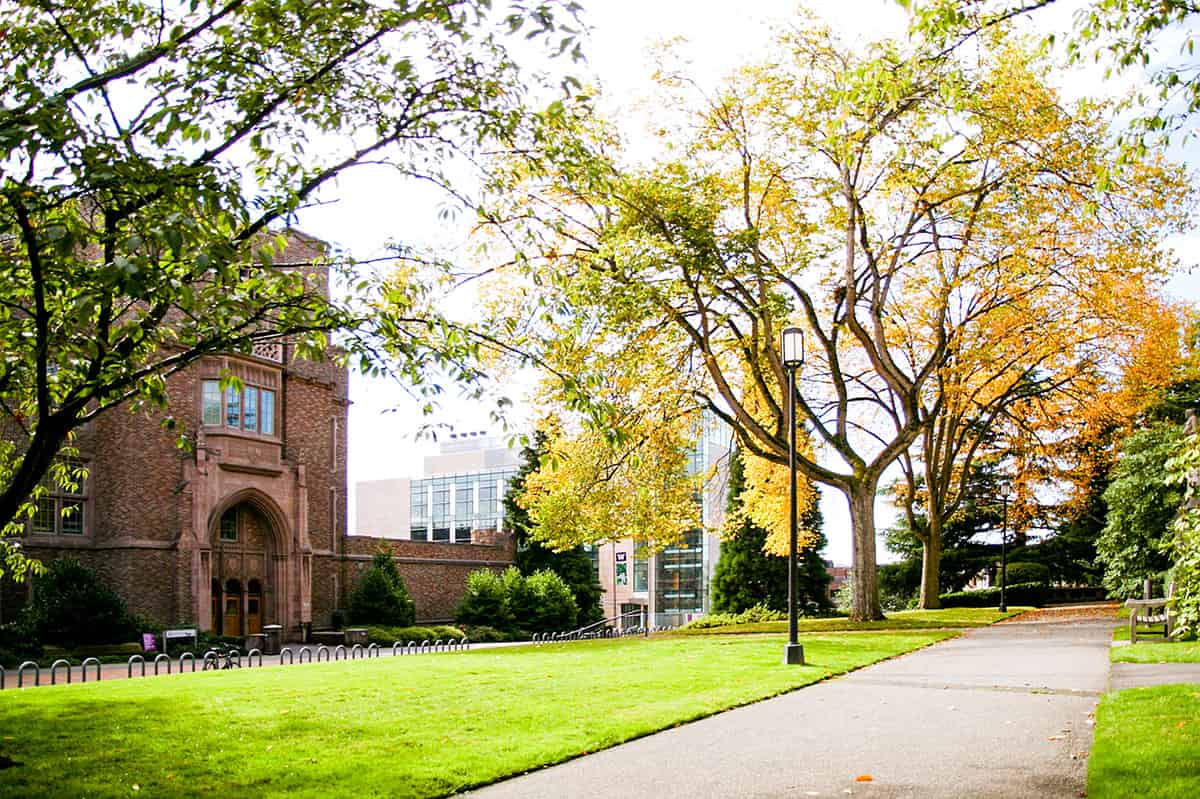

The 4 Worst Schools In Connecticut Today
Although Connecticut has one of the best school systems in the nation, there are still a handful of schools that struggle to be successful. Today we're going to look at the worst schools in Connecticut from Elementary School to College. We'll determine why these schools rank low by their test scores, graduation rates, and other factors that apply to each grade level of school. If you're attending schools in Connecticut, these are the worst schools that you might want to avoid; Capital Community College, Crosby High School, Milner Middle School, and Burns Latino Studies Academy.

©HsinJuHSU/iStock via Getty Images
Capital Community College
Located in Hartford, Capital Community College is rated one of the worst colleges in Connecticut because of its low graduation rate. Capital Community has the worst graduation rate in the state at 8.6% The nation's median for graduation rates is 42% so Capital Community is well below the national average.
They have an open admission policy which means any high school graduate or GED student can attend no matter their GPA or SAT/ACT test scores.
Although they have a low graduation rate, students that do graduate earn slightly above the national average for salaries after 10 years. With the national median salary at $34,300, Capital Community College alumni make an average of $35,700.
Their annual tuition for in-state students costs $3,984 a year and $11,952 for out-of-state students. With a low annual cost, the average student loan debt is $6,000. These numbers lead to a low average monthly payment of $62 a month, keeping students above the national average in their ability to actively pay off their loans. Capital Community has a percentage of 48% of their students repaying loans when the national average is 47%.

©Ground Picture/Shutterstock.com
Crosby High School
Crosby High School was ranked in last place for high schools in Connecticut and was rated a 1/10 by GreatSchools.org. Although they almost meet the state average graduation rate at 88% with the state average of 89%, they fall far behind in SAT scores. The state average SAT score is 1014 and Crosby scores an average of 795.
Even with a good graduation rate, the percentage of students who pursue college post-graduation is 40% while the state average is 67%. And of those 40%, only 52% of them returned to college for a second year.

©Ground Picture/Shutterstock.com
Milner Middle School
Milner Middle School was rated a 2/10 by GreatSchools.org. With extremely low test score averages, the students at this school are not performing at grade level. In English, math, and science, students fall below 10% in every category.
With the state average scoring at 48% in English, students at Milner are scoring at 8%. In science, the state average is 46% and Milner scores 6%. For math, the state average is 37% and Milner scored at only 1%.
Why does Milner score so low? We can see that unfortunately, many students are chronically absent. This mean that they are absent for 15 days or more. 10% is the state average for students being chronically absent. Milner has an average of 37% of students who are chronically absent. With this much time away from the classroom, it's almost inevitable that students will not succeed.

©Monkey Business Images/Shutterstock.com
Burns Latino Studies Academy
Burns Latino scores a 1/10 on GreatSchools.org. With low test scores and low progress, this means that students are at their lowest point. They are now falling even further behind than students elsewhere. With the lowest scores we've seen so far, these students will need extra help to become successful moving forward. Looking at math test scores, the state average is 42% and Burns Latino scores below 1%. For English, the state average is 49% and students at Burns Latino scored below 1%.
This school also struggles with students being chronically absent. With the state average at 10%, Burns Latino has a high rate of absence with 28% of its students being chronically absent.
What To Do If Attending A Failing School
If you find yourself in a situation where you attend one of these schools or another school with extremely low test scores and success rate, it might be time to look elsewhere. Depending on state rules, if you can transfer to a nearby school that has better test scores, it might be worth looking into. If there aren't any better schools nearby, private schools could be a helpful option.